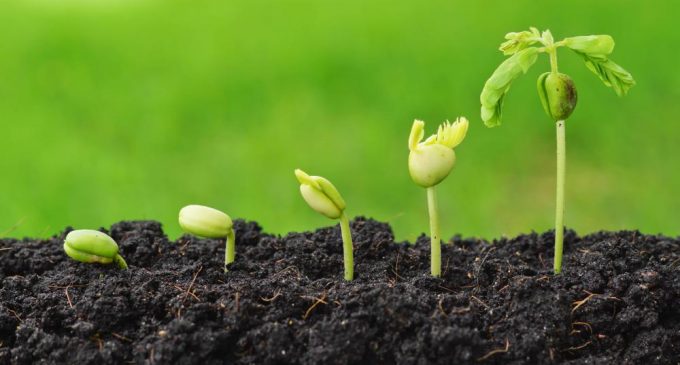70-80Mha of additional cropland is required by 2030 to sustain the world’s demand for food, feed, fuel and natural capital

McKinsey & Company has released its latest insight on catalyzing a sustainable land use transition, revealing that 70-80Mha of additional cropland, equivalent to all of Brazil’s[i] cropland or 3x Tanzania’s[ii], will be required by 2030 to sustain the world’s demand for food, feed, fuel and natural capital.
The report “Striking the balance: catalyzing a sustainable land use transition” notes that most of the demand is driven by three principal factors: feedstock, food and fuel. McKinsey anticipates that producing feedstock for livestock production may account for around 70 percent of all incremental cropland needed by 2030; crop production for human consumption around 20 percent; and biofuel production the remaining approximately 10 percent.
While the requirement calculated by McKinsey’s model represents less than 10 percent of additional cropland for feedstocks compared to today, it is a significant ask when competition for available and suitable land parcels in other vital areas is intensifying. Hotspots of competition are already emerging in Latin America and Sub-Saharan Africa, which are likely to be the source of most additional cropland, where land and food prices could increase.
Amandla Ooko-Ombaka, Partner at McKinsey, said: “Today 60 percent of the earth’s habitable land is in use by humans. But the appetite for land – particularly for food and fuel is putting pressure on arable land. But unlike in previous decades, new cropland cannot come from deforestation. We need to change how we use land to meet our commitments to climate and nature, whilst feeding a growing global population.”
To meet and, where possible, offset additional land demand, McKinsey highlights that conversion of degraded land, stronger yield growth and efficiencies from increased trade will be required. However, it’s likely this won’t be sufficient alone and actions to reduce land demand such as behavior change, reducing food waste and seeking alternative offshore resources are most likely required for a sustainable land transition.
The report notes that these actions would require substantial investment from both public and private stakeholders — for example, an estimate of converting [iii]70-80Mha of pastureland to cropland could cost $300 billion. The value of these investments is likely to be significant, accounting for the higher market price of cropland over pastureland and the added value related to the protection of climate and biodiversity. However, this will require intentional collaboration between public and private sector players.
Nelson Ferreira, Senior Partner at McKinsey, said: “The world will need both sides of the supply, demand equation to strike a balance. Adverse climate conditions and other shocks to market dynamics could put even more pressure on supply than our conservative case assumes. Striking the balance is critical for both public and private sector players. Input providers need to know that land prices will increase by the end of the decade. Farmers’ margins will decrease, and input providers need to understand what it means for farmers. Funds investing in land need to know that some of the hotspots for food, fuel, and biodiversity are the same. There could be a race for prime spots of land – so they have to decide where to go now. Similarly, governments can help create the right incentives and investment in public infrastructure to support a sustainable land use transition, for example, irrigation to support restoration of degraded land.”
To start to deliver a solution, McKinsey states that a mix of rigorous land use analytics that create an evidence base for net-zero and nature-positive transitions and a pragmatic approach to quickly act on yield, trade and land conversion levers are important. The report identifies 10 “acceleration actions” that target specific sectors, with the potential to offset more than half the land needed by 2030 – for example scaling up resilient agricultural practices including double-cropping, increasing energy and power crops like brassica carinata, and implementing nature-based solution carbon credits through reforestation and conversion of pastureland to forest cover.
Ooko-Ombaka added:“With just six harvest cycles until 2030 the risk of passing crucial climate tipping points on the path to net-zero could be substantially higher if we do not act now. Every organization that uses land in any way—or that is concerned with food security, energy security, or the protection of the environment—should be part of the solution.”
To read McKinsey’s findings in detail, click here.
[iii] Reference on 70-80Mha – McKinsey Analytics – Potsdam Institute for Climate Impact Research MAgPIE Model; McKinsey Analytics using several inputs including but not limited to WRI (2023), The Intergovernmental Panel on Climate Change Sixth Assessment Report – IPCC AR6, The Inevitable Policy Response (IPR) commissioned by the UN Principles for Responsible Investment (IPR/UNPR), and proprietary research including the McKinsey Global Energy Perspectives 2023


































